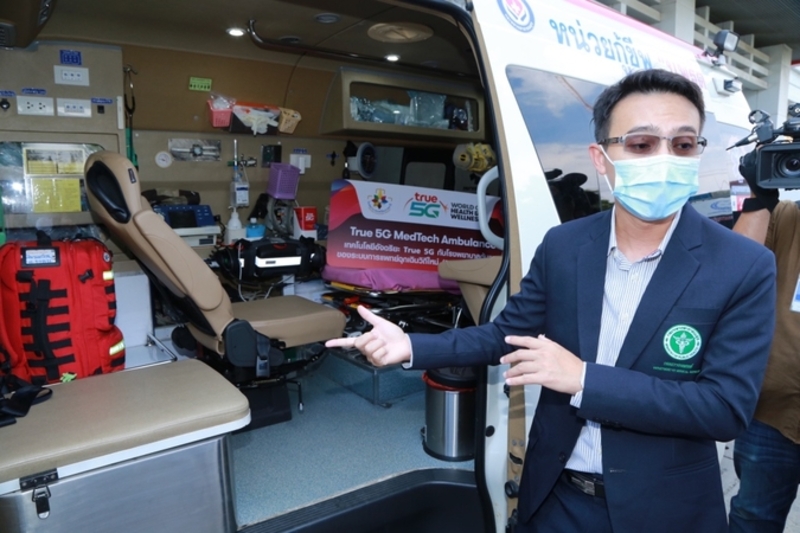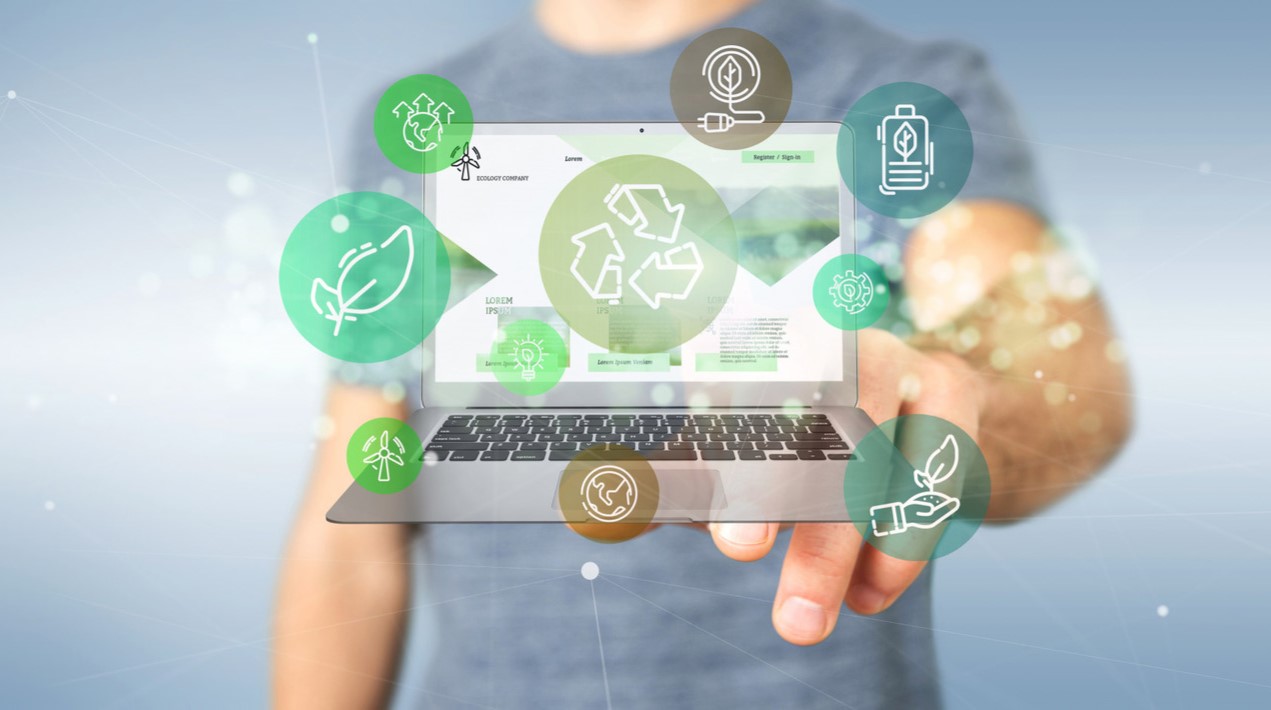
Bangkok’s Nopparat Rajathanee Hospital announced that it has partnered with True Corp to develop a 5G-powered medical service dubbed the “ER new normal”.
Medical innovations offered by the government hospital via True 5G network include:
- MedTech ambulance equipment that improves communication with hospitals so that doctors can prepare treatment for ER patients with greater efficiency, accuracy and timeliness.
- A virtual smart communication system that enables ER doctors to transmit video of patients to specialist doctors for faster treatment.
- Temi Connect & CareBot that allows remote consultation of doctors and patients to minimise direct physical contact and also the delivery of medical resources and documents.
- The Nopparat Teleclinic, an application to screen, give advice and diagnose minor symptoms so that patients do not have visit hospital. If a hospital visit is necessary, the app allows patients to make appointments with doctors immediately based on the symptoms described.
A 5G mobile cell on wheels (COW) has also been provided to boost the signal.
Nopparat Rajathanee is a state hospital that offers both general and specialised medical services, with a high daily volume of patients, especially on weekends, according to the hospital’s director.
During the Covid-19 crisis, the government has adopted a “new normal” for emergency care, using technology to ease hospital crowding and boost safety for medics, patients and their relatives, he added.
The ER “new normal” at Nopparat Rajathanee will be the model for other Thai hospitals to follow, the director noted.
The rise of virtual care during the COVID-19 pandemic
Given the unprecedented severity of the COVID-19 global pandemic since the Spanish Flu in 1918, it is imperative healthcare providers work together, one article notes.
They must work not just with governments and health ministries in coordinated efforts to contain the virus – they must also work closely with various technology providers to leverage the power of data and telehealth.
These will aid greatly in COVID-19 diagnosis, clinical decision making and managing manpower and hospital beds’ capacity.
The Executive Vice President and Market Leader of the ASEAN Pacific branch of a Dutch multinational conglomerate corporation noted that with the current demand on the health care system managing COVID-19 patients, the increased need for specific isolation of patients and added measures to help ensure protection for clinicians is paramount.
To help deliver quality care and minimize risk to patients and staff, telehealth capabilities and digital technology that allow virtual care and remote patient monitoring are on the rise.
Since COVID-19 is predominantly a respiratory illness, patients with more severe cases may require ICU care. In the ICU, a scarcity of critical-care intensivists and bed availability can compromise efficient patient flow through the hospital.
To do this, general practitioners and healthcare institutions need digital tools to manage the increased patient flows resulting from the COVID-19 outbreak and dedicated, scalable telehealth solutions that facilitate the use of online screening, follow-up questionnaires and monitoring, and external call centre collaboration.
This remote screening solution supports healthcare institutes to diagnose and treat patients at alternative points of care and is helping to safeguard the scarce critical care capacity.
For example, tele-ICU or eICU enables a co-located team of intensivists and critical care nurses to remotely monitor patients in the ICU regardless of patient location.
Intensivists and nurses based in a telehealth eICU hub are supported by high-definition cameras, telemetry, predictive analytics, data visualization and advanced reporting capabilities to support their frontline colleagues.
Algorithms alert to signs of patient deterioration or improvement. They help care teams to proactively intervene at an earlier stage or to decide which patients have stabilized and can be transferred, allowing scarce ICU beds to be allocated to more acute patients.
The tele-ICU can be embedded in a larger Clinical and Operations Center that prioritizes patients on acuity and optimizes the patient flow and logistics.
The expert noted that a whole raft of innovative new ideas and coping strategies are currently being tested in different countries around the world.
“In the near future, we could see digital services closing the loop between consultations and the dispatch of care or prescription drugs, drones as vehicles for getting drugs to patients, robots disinfecting contaminated areas,” she said.
















